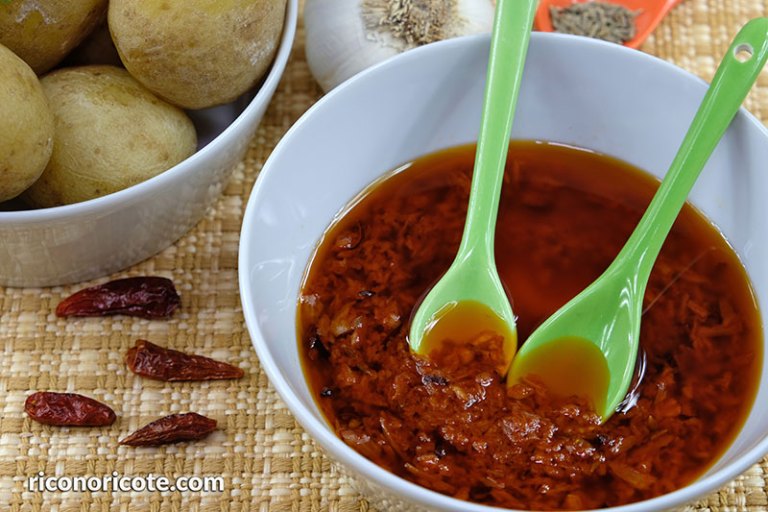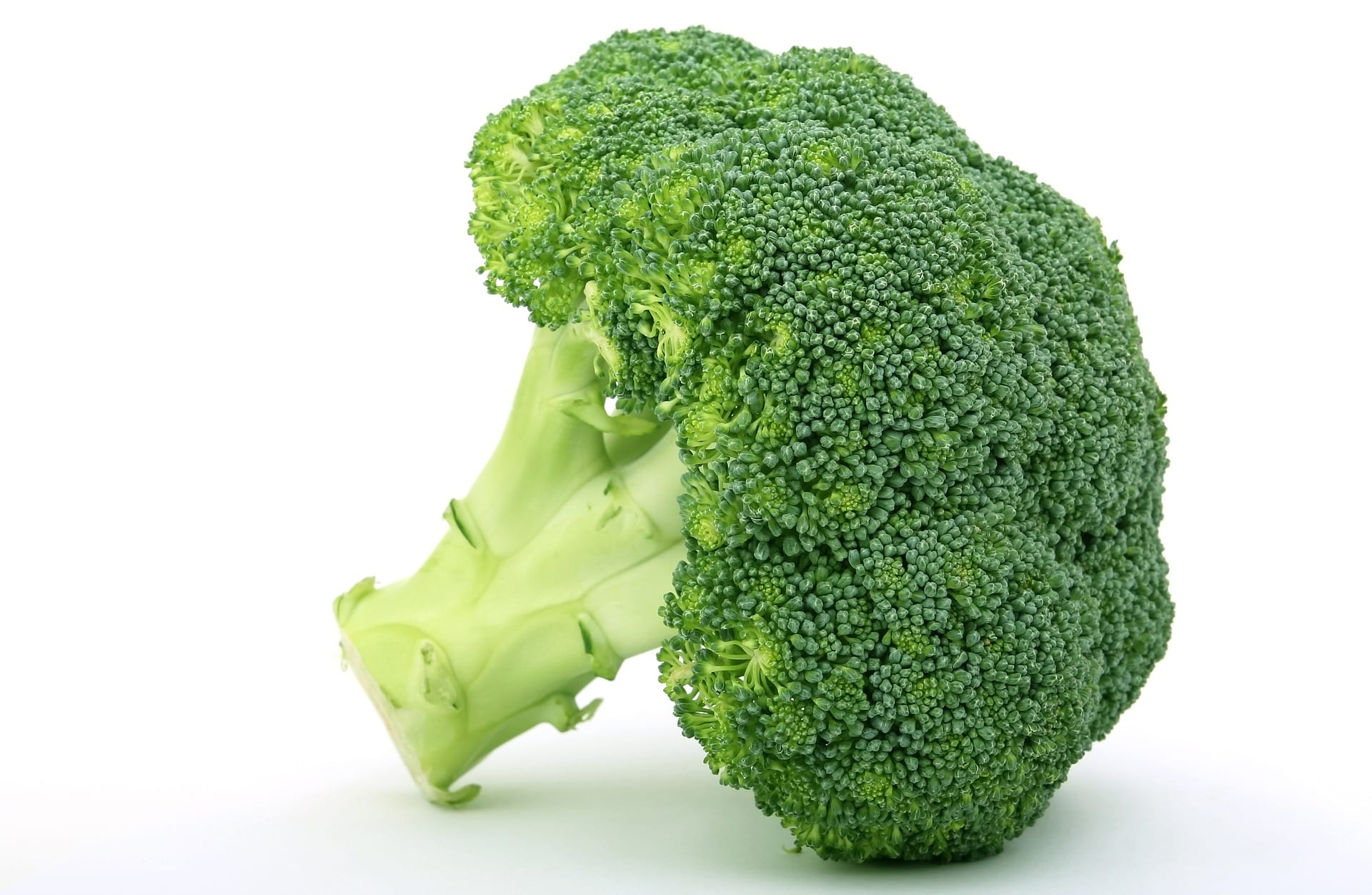Sure you know the spicy mojo. The characteristic sauce of the Canary Islands has a history as peculiar as it is surprising. In addition, there are different ways to prepare it that you surely did not know. Discover all the secrets of the iconic archipelago dish below.
The origin of this sauce
It dates back to the time of the conquest of America. The Canary Islands They were a place of passage on the route to the colonies due to their geographical location. It was a key point in the spice trade between America, Africa and Europe. Thus, we understand that the name of the spicy mojo comes from Portuguese: sauce. It became a totally staple multi-course dressing due to the Canarian Aboriginal heritage. The lessons learned from the gastronomy of Latin America. Especially that of Venezuela.
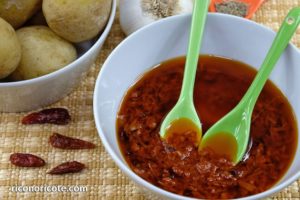
You can easily find it accompanying the very typical wrinkled potatoes. Its use in meats or in certain types of cheese is also very common. Not to mention its use in the tunas. These are fish caught in a traditional way. The species that make up the group are the keg or beautiful from the north, yellowfin or albacore, thunder or tuna and bigeye or gorse tuna.
Nutritional properties
Each of the ingredients of the spicy mojo brings its own virtues to the sauce. Undoubtedly, among these are some very relevant. Garlic helps prevent colds by boosting the immune system. It also promotes circulation. Another feature are the minerals (sulfur, iron and silica) and Vitamins (A, B1, B3, B6 and C) contributed. Its concentration will depend on the use and quantity of the ingredients. It also stands out for its properties Antioxidants. As if that were not enough, it is good for the eyes thanks to the pepper Red.
How to prepare mojo picón at home?
The recipe is not extremely complex. Even if you are not from the Canary Islands, you can put it into practice without much difficulty. Of course, there may be certain differences with the one they serve you on the islands. The main one is the one derived from replacing the hot pepper awarded by the cayenne chilli. This first is a truly difficult species to find outside the archipelago.
The first of all will be to peel half a head of garlic and pour it into the mortar. You must place it with the rest of the ingredients: chilli, cumin, sweet or hot paprika (depends on what you are looking for), 1200 ml of oil, 30 ml vinegar y shawl. Once they are together you can use a mortar to crush them, in the traditional style, or a comfortable mixer. Your task is to crush the mixture until it is homogeneous and somewhat thick. Try it and if you see that it is missing an ingredient, add it.
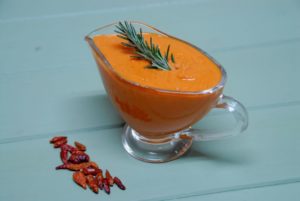
How many kinds of mojo picón are there?
The recipe we have just discussed is that of red mojo. This is the best known and most typical although it is not the only one that exists on the islands. Now that you know how red is made, you can understand the preparation of others. For example, for green we do without chillies and sweet paprika. Instead, we use abundant cilantro cool. Parsley is also valid. In addition to potatoes, it is used to accompany fish and meat.
Another variety to consider is the mojo of almonds. Without a doubt, a very nutritious seasoning. To do this, you substitute the chillies for 70 grams of almonds and 15 grams of red pepper. For the dried tomato mojo variety you need to first peel a whole head of garlic. To this you add dried tomato in oil slightly drained, salt, and hot paprika. The result will be a lesser-known but no less delicious version.
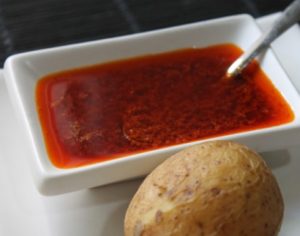
The possibilities are endless. It can experience with a multitude of foods as long as it maintains the authentic essence of the mojo. For this, it will be essential to preserve ingredients such as garlic or paprika. Proof of this is that, although there is not much comment on the networks, there are people who do mojo of banana. From here we encourage you to use your creativity in finding the ultimate mojo. However, you must remember this sauce as an impressive part of the cultural and gastronomic legacy of the Canarian people.


